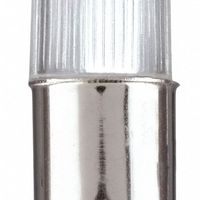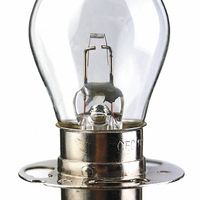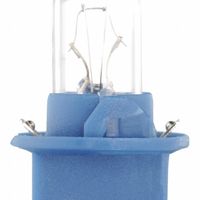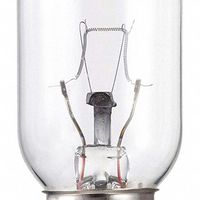- Home
- Lighting
- Light Bulbs Lamps
- Miniature Light Bulbs Lamps
.....Read More

2-Pin Base Miniature Light Bulbs & Lamps

Bayonet Base Miniature Light Bulbs & Lamps

Festoon, Cap & Loop Base Miniature Light Bulbs & Lamps

Flanged & Grooved Base Miniature Light Bulbs & Lamps

Prefocus Flanged Base Miniature Light Bulbs & Lamps

Printed Circuit Socket Miniature Light Bulbs & Lamps

R7S Base Miniature Light Bulbs & Lamps

Screw Base Miniature Light Bulbs & Lamps

Spade & Wire Terminal Base Miniature Light Bulbs & Lamps

Telephone Slide Base Miniature Light Bulbs & Lamps

Wedge Base Miniature Light Bulbs & Lamps
Frequently Asked Questions
What are the different base types for miniature light bulbs?
How do I find the trade number for a miniature light bulb?
What are the common applications for low-wattage miniature light bulbs?
How do I replace a miniature light bulb in a vehicle?
What is the difference between low-wattage and high-wattage miniature light bulbs?
How do I choose the right miniature light bulb for my application?
Where can I buy replacement miniature light bulbs?